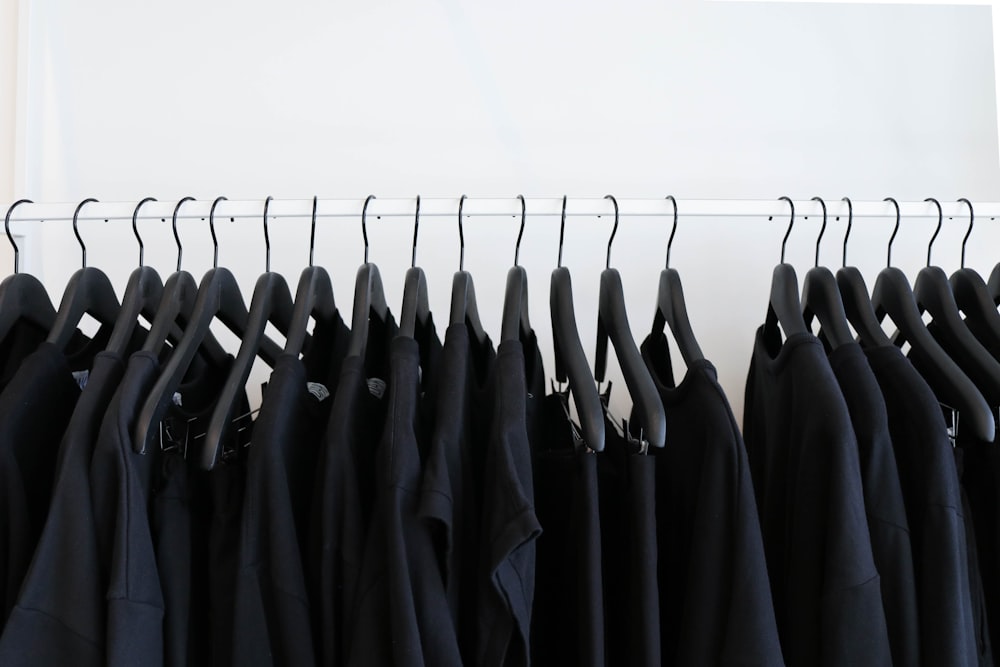A Short Analysis of How to Grow Your Product

Per Lööv on unsplash
No marketing activity, including innovation, should be seen as a goal in itself, its goal is to hold on to or improve mental and physical availability.
– Byron Sharp
How do other products grow
For starters, there isn’t a magic bullet for the best way to grow a product. But there is a fundamental law for growing a product. The larger the user base, the more known the product. This seems to be pretty on point with normal logic.
The product’s sale volume depends on two factors:
- The number of users
- The frequency of acquisitions per user
Multiplying the two gives you the sales. Basically, a product can be large if it has either a huge number of users or a high frequency of acquisitions per user. Ideally, it would be both.
Below we can see a hypothetical example of fake products of the same size:
| Hypothetical products of equal size | Annual market penetration (%) | Number of acquisitions per user per annum | Resulting market share (%) |
| MacroSoft | 32 | 3 | 14 |
| Doogle | 16 | 6 | 14 |
In reality, two competing products of equal size have the same market penetration rate and so they are bought by the same number of users.
Traditional marketing techniques teach us that products vary a lot in loyalty, which is the opposite of observable reality. Products of different sizes have very different market penetration metrics, while their average acquisition does not vary much. Translated, this means that there isn’t much product loyalty nowadays.
The Double Jeopardy Law

Credit: Netflix
The law of Double Jeopardy gets its name from the idea that when products improve their market share their user base enlarges.
Below, you can see a table containing hypothetical apps that all offer In-App products.
| Hypothetical app with In-App products | Market share (%) | Annual market penetration (%) | In-App purchase frequency per day (average) |
| WhatsDown | 18 | 37 | 1.9 |
| Mezenger | 13 | 27 | 1.7 |
| TheyChat | 11 | 23 | 1.6 |
| Fiber | 7 | 15 | 1.5 |
| Postcard | 5 | 10 | 1.4 |
| Average | 1.6 |
If Postcard were to get to the level of WhatsDown, then they would see a massive increase in popularity, with people buying more and more In-App products for it. But they would not, on average, buy much more In-App products than the number one leader, WhatsDown (only 0.5 more).
Postcard’s growth team could try and invest in strategies to increase their In-App purchases per user per day with 0.5, which would situate them together at the top with WhatsDown. Which sounds easy in theory.
Keep in mind that PostCard achieves it’s 1.4 average by assuming 100% user loyalty, which in reality is impossible. Basically, it’s 1.4 purchases per user per day, with 100% user loyalty.
An exercise in futility, as no user purchases 1.4 times per day, every day. They might switch over. They might fall out of love with the app. These things happen.
Think of it not as expecting more from a client/user, but acquiring more and more users.
Loyalty is tough to keep, but it’s even harder to make existing users, who have been sold on your product with a specific set of expectations (be it price, feature-set, packaging, perfect time period, etc.), to spend more on the product.
To sum it up, try to focus more on acquiring new users, rather than maximizing the revenue per user, as it will also place it much higher in the value hierarchy.
Who do you really compete with?

Tim Gouw on unsplash
Product managers like to cater to information that puts their product at the top of their category. Unfortunately (and most of the time), this narrowing down of the product focus-group turns out to be unhealthy in the long-run. Nobody likes to be 24th, so that’s why categories get narrowed down to fit a good-looking agenda.
Thus, by narrowing down your target category you also blind yourself to the opposition, which might come up with a better category fit for their product efforts.
This fits together with the law of Duplication of Purchase, which states that all products, within a category, share their customer base with other products in line with the size of those other products. In other words, everyone shares a lot with big products and a little with small products.
To put it differently, users/consumers of the lowest situated product in a category are much less likely to also consume the top product in that same category.
As products move up the ladder, they are more likely to share some of their customer base with the top brands of a category. Hence, the name of the law, “Duplication of Purchase”.
The law would not be validated if products would not target the same customer bases between them. Not necessarily whole customer bases, but mostly inner-groups within them are shared between products.

Allef Vinicius on unsplash
This, in turn, lets marketers and people know that in actuality, their product competes on a much broader level than their initial estimation.
We suggest starting a duplication of purchase analysis on the broader market, rather than finding the smallest focus category possible, as further market segmentation can be done later, separately.
The usefulness of the law of Duplication of Purchase is that it helps you partition the market of your product, in order to better understand not only the market but also your competition.
Which might share (and focus) their efforts on customer acquisition with the same customer bases as yourself.
It also helps you avoid production-based tunnel-vision, which means not defining your customer base based on the features of the product or from production processes (from within to without).
A good example would be the chocolate market, which provides all sorts of chocolate types: bars, separate pieces, with biscuits, candy-coated, individually wrapped, etc.
If you focus on these, then your effort can offset any accurate understanding of how your user base actually decides what product to buy.
How to grow your user base

Markus Spiske on unsplash
First things first. We suggest you should shift your focus on growing your user base if you already have a reasonably stable foundation of users.
This means that if your user retention strategies don’t work, meaning that you have a turnover rate of users close to or higher than your acquisition rate, you should first focus your efforts on keeping your current users (happy).
Most service industries have a defection level of around 3-5%. Thus, by reducing this defection rate to 0% (fantasy), sales gains would only reach a few percentage points.
This means that focusing on acquisition rather than retention (avoiding user defection to other products) would make much more sense, and would also help a product position itself better in the market.
Growth is caused by high levels of acquisition. Shrinking is caused not necessarily by huge defection rates, but also by stagnating growth, with normal levels of defection (the more probable case).
That’s why it’s essential to focus on acquiring new users. Shift some of your focus from loyalty programs, target marketing, etc., to improving your acquisition tactics.
Are all users equal?

The Creative Exchange on unsplash
Certainly, some users provide more benefits than others. Paying users naturally provide more direct benefit than non-paying users. But keep in mind, every non-paying user is a payment away from switching categories.
Also, non-paying users can provide you with all-around different benefits than a paying user could, such as leaving positive reviews or recommending you to other people, who in turn get added to your additional pool of users that can be converted to paying users.
Of course, you should pay more attention to the different whims of paying users but remember that a paying user was once a non-paying user.

Austin Distel on unsplash
You may be familiar with Pareto’s Law, or the 80/20 principle. It states that 80% of sales come from the top 20% of heavy users. It’s generally accurate, but it rarely is that extreme.
Sharp & Romaniuk (2007) found out that dozens of brands show that in a 3-month period, a consumer good brand will have a Pareto distribution of 35%/65%. In a year it will rise to 50% and a few percentages above, but rarely anything as extreme as 80%.
If 80% of your users delivered 20% of sales, it would be tempting to neglect them. But when light users make around half of your sales, it’s not recommended to ignore them.
Ultimately, there is no be-all-end-all solution for growing your product, as each product has particular needs, market-fit, customer bases, etc.
It’s important to juggle the concepts presented in this article in your mind, and play with both the Double Jeopardy Law and the Law of Duplication of Purchase, as these can better paint how you fit with your product, where you would better fit, and what users to better target with your product.
These are just a few tips and interesting information, much of it going against the grain of usual product and marketing knowledge.
It’s important to ask the right questions and not take things upfront for what they seem to be. Tune in next time for more, but until then, we’ll leave you with some interesting facts about products and brands in general.
Bonus – interesting facts

Joao Silas on unsplash
There are three major (counter-intuitive) facts when it comes to how brands grow:
- Growth in market share comes by increasing popularity; that is, by gaining many more users (of all types), most of whom are light customers buying the brand only very occasionally. Financial growth does not come by maximizing existing user revenue, but from acquiring new users.
- Brands, even though they are usually slightly differentiated, mainly compete as if they are near lookalikes; though they vary in popularity (and hence market share).
- Brand competition and growth is largely about building two market-based assets: physical availability and mental availability. Brands that are easier to buy – for more people, in more situations – have more market share. Innovation and differentiation (when they work) build market-based assets, which last after competitors copy the innovation.
This article was inspired by Byron Sharp’s book, ‘How brands grow’.



